In the world of feline companionship, understanding and nurturing your cat’s emotional well-being can be a rewarding journey. While cats are often seen as independent creatures, they have their unique ways of forming deep emotional bonds with their human companions. These bonds, however, are not always visible to the untrained eye. By adopting certain habits, you can help your cat feel more emotionally connected, enhancing the relationship you share. Here, we uncover seven little-known habits that can foster a stronger emotional connection with your feline friend.
1. The Art of Slow Blinking
Have you ever noticed your cat slowly closing its eyes and then opening them again while looking at you? This is not just a random action, but a way cats communicate trust and affection. Known as “slow blinking,” this gentle gesture is their version of a warm smile. To reciprocate, try slow blinking back at your cat. It might feel a bit awkward at first, but this simple act can help you and your cat develop a deeper emotional bond. It’s a silent conversation of trust that speaks volumes in the feline world.
2. Creating a Safe Haven
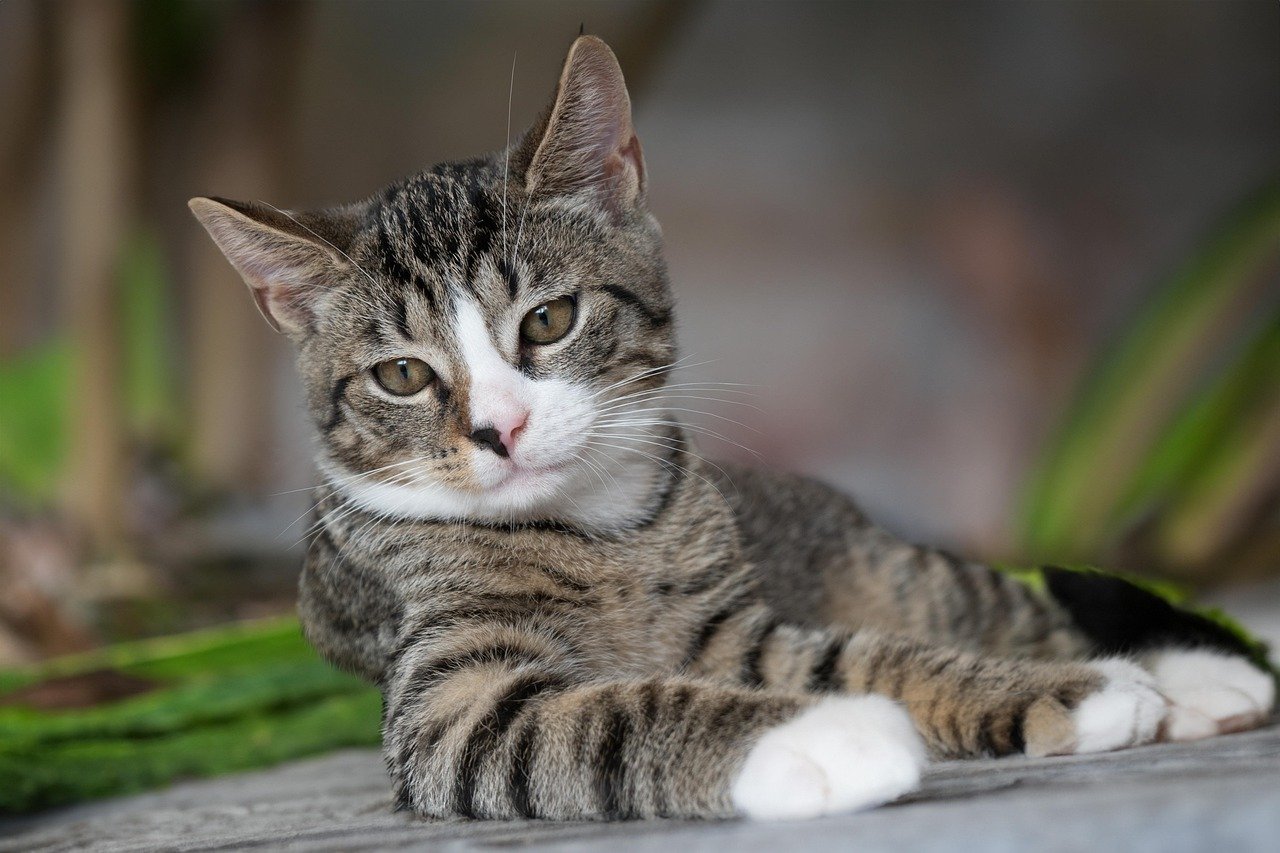
For cats, feeling safe in their environment is crucial. Ensure your home has designated spaces where your cat can retreat and feel secure. This could be a cozy nook with a blanket or a high perch where they can observe their surroundings. By providing these safe havens, you allow your cat to have a sanctuary, reducing stress and fostering a sense of security. A cat that feels safe is more likely to express affection and develop a closer emotional connection with you.
3. Engaging in Playtime Rituals
Cats are natural hunters, and playtime is their way of channeling that instinct. Engaging in daily play sessions with your cat not only satisfies this instinct but also strengthens your bond. Use interactive toys like feather wands or laser pointers to mimic hunting movements. These playtime rituals offer mental and physical stimulation, making your cat feel happier and more content. Moreover, shared activities create shared memories, deepening the emotional connection between you and your cat.
4. Communicating Through Touch
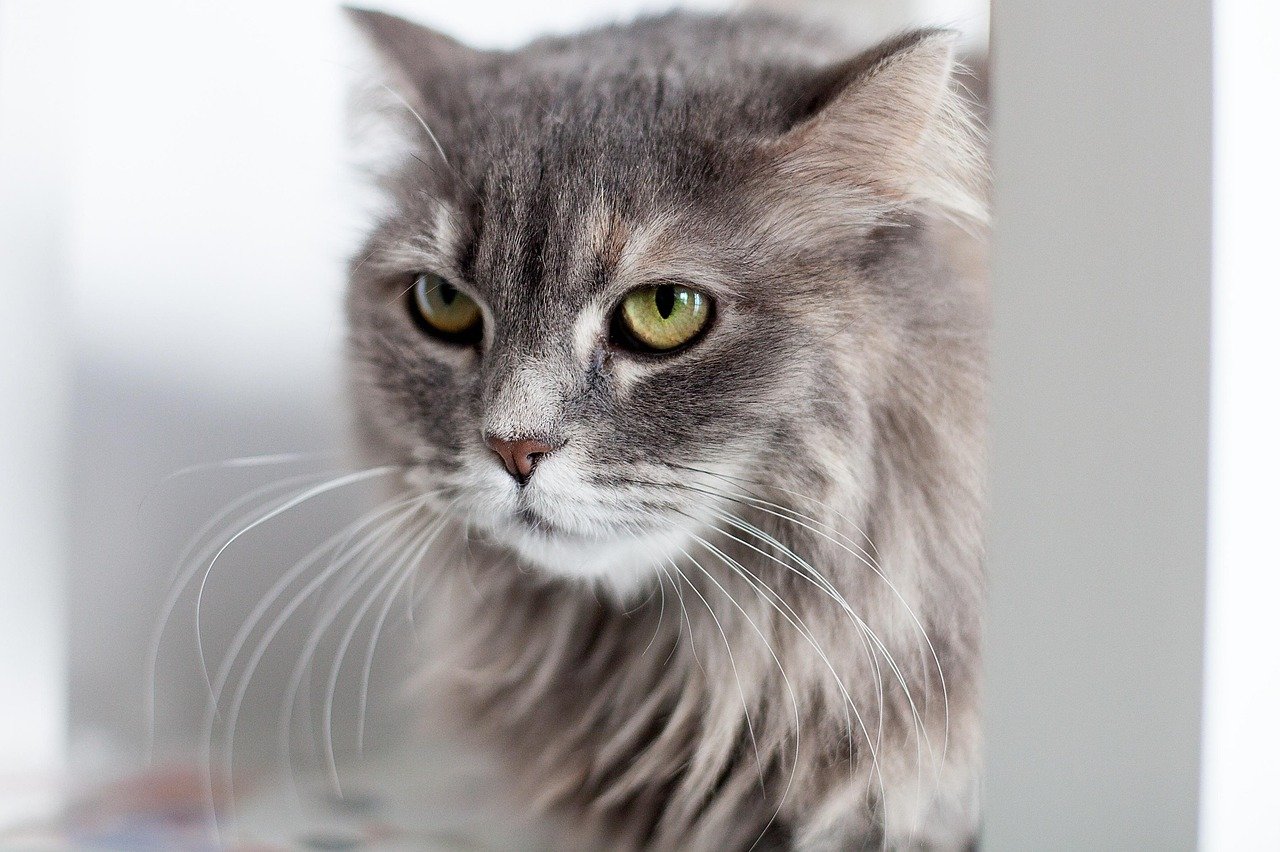
While cats may appear aloof, they do appreciate a gentle touch. Petting your cat in areas they are comfortable with, like behind the ears or under the chin, can be soothing for them. Some cats even enjoy gentle massages. Pay attention to your cat’s body language to understand where and how they like to be touched. Respecting their preferences will make them feel acknowledged and loved, thereby strengthening your emotional bond.
5. Maintaining a Routine
Cats are creatures of habit, and they thrive on routine. Having predictable feeding times, play sessions, and bedtime rituals can give your cat a sense of security. This consistency helps them feel more in control of their environment, reducing anxiety. A relaxed and content cat is more likely to engage emotionally with you. Routines provide a framework for your relationship, helping to build trust and understanding over time.
6. Vocal Interactions
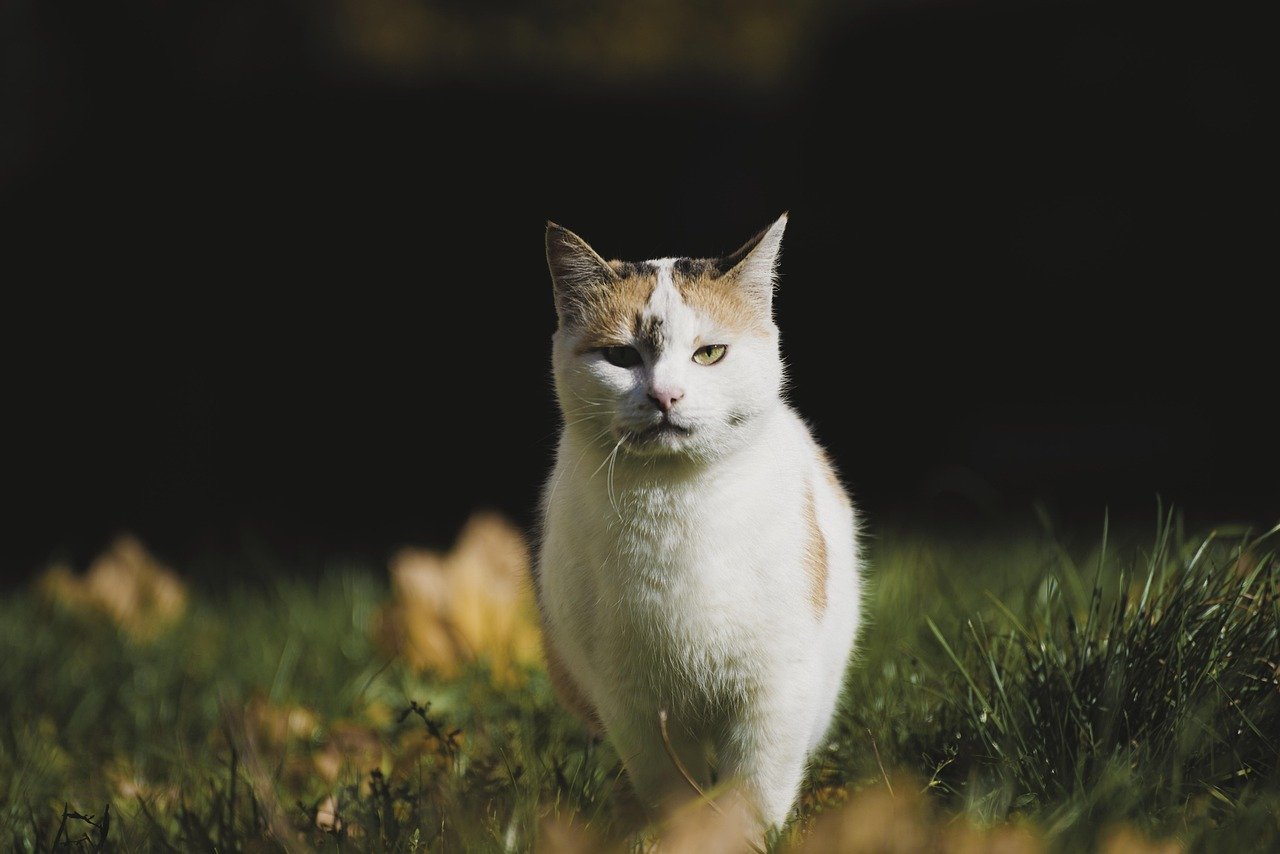
Cats communicate not only through body language but also through vocalizations. Paying attention to your cat’s meows, purrs, and chirps can offer insights into their emotional state. Responding to their vocal cues with your voice can make them feel heard and understood. Some cats even enjoy having “conversations” with their humans. This vocal interaction can be a fun and engaging way to connect emotionally, reinforcing the bond you share.
7. Providing Enrichment Activities
Mental stimulation is as important as physical exercise for cats. Providing enrichment activities, such as puzzle feeders or interactive toys, can keep your cat’s mind sharp and engaged. These activities mimic natural behaviors like hunting, foraging, and problem-solving. By encouraging your cat’s natural curiosity and intelligence, you help them lead a more fulfilling life. A mentally stimulated cat is often more content and emotionally balanced, enhancing their connection with you.
8. Recognizing Their Individuality
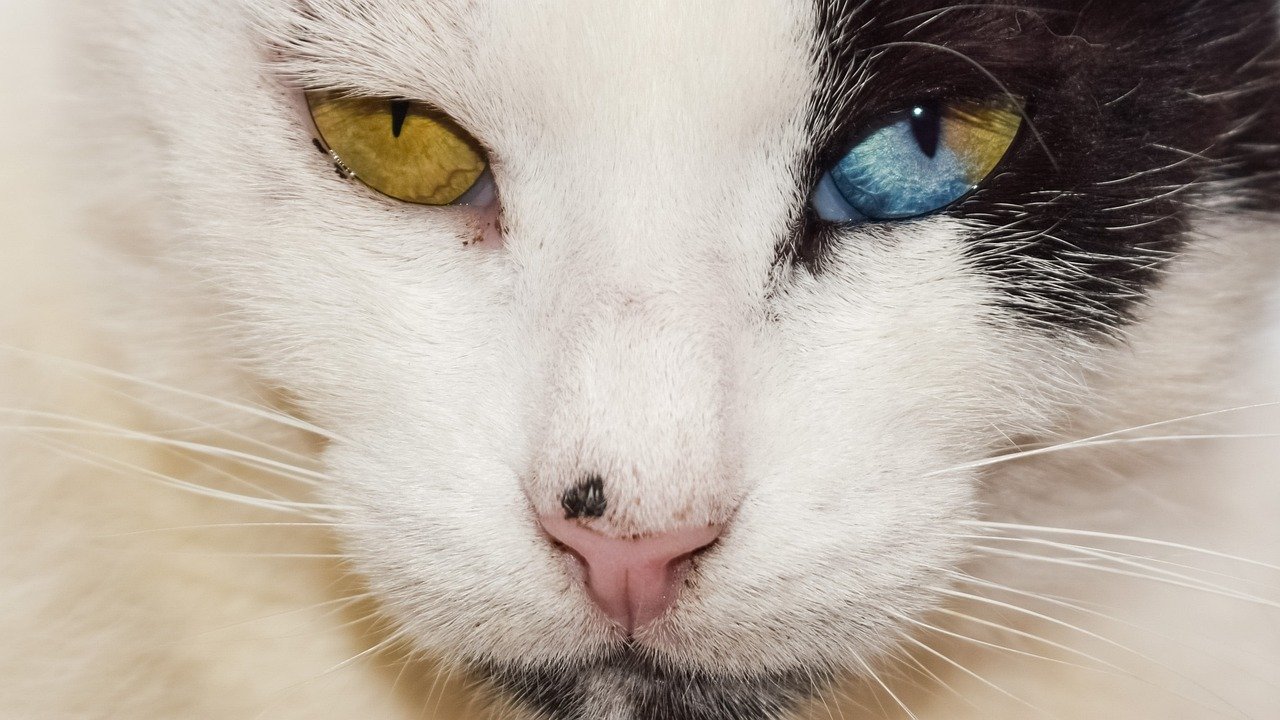
Every cat is unique, with its own personality and preferences. Recognizing and respecting your cat’s individuality is key to building a strong emotional connection. Some cats may be more social, while others prefer solitude. Observe your cat’s behavior and adapt your interactions accordingly. By acknowledging their individuality, you show your cat that you understand and appreciate them for who they are, which strengthens your bond.
9. Using Positive Reinforcement

Cats respond well to positive reinforcement. Rewarding your cat with treats, affection, or playtime for desired behaviors encourages them to repeat those actions. This method not only helps in training but also builds trust and strengthens your emotional connection. Positive reinforcement creates a positive association with you, making your cat more likely to seek out your company and engage emotionally.
10. Understanding Their Body Language
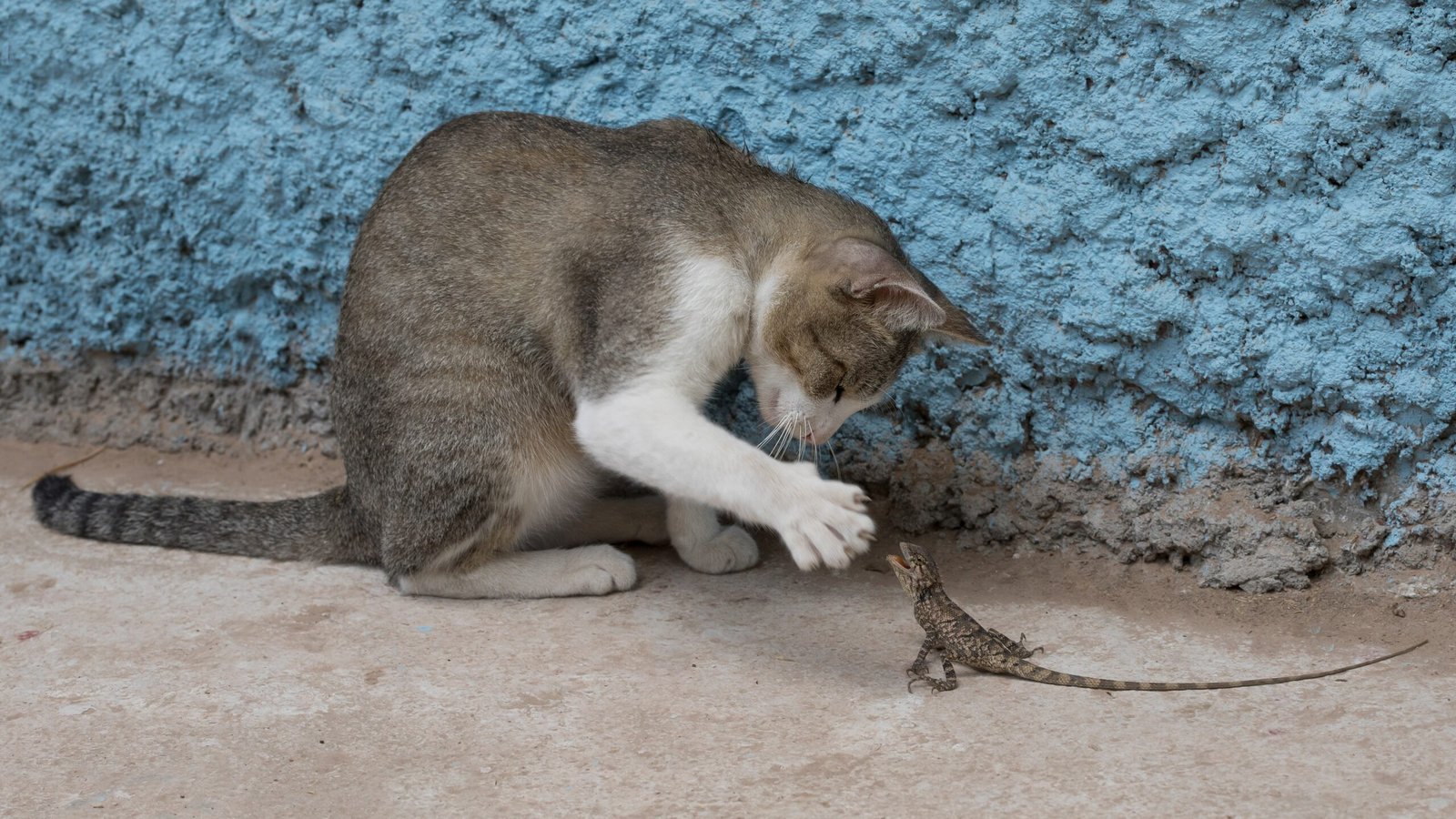
Cats communicate a lot through body language. From the twitch of their tail to the position of their ears, these subtle cues can tell you a lot about their mood and feelings. Learning to read your cat’s body language can help you respond appropriately to their needs and emotions. This understanding fosters a deeper emotional connection, as your cat will feel that you truly “get” them.
11. Sharing Quiet Moments
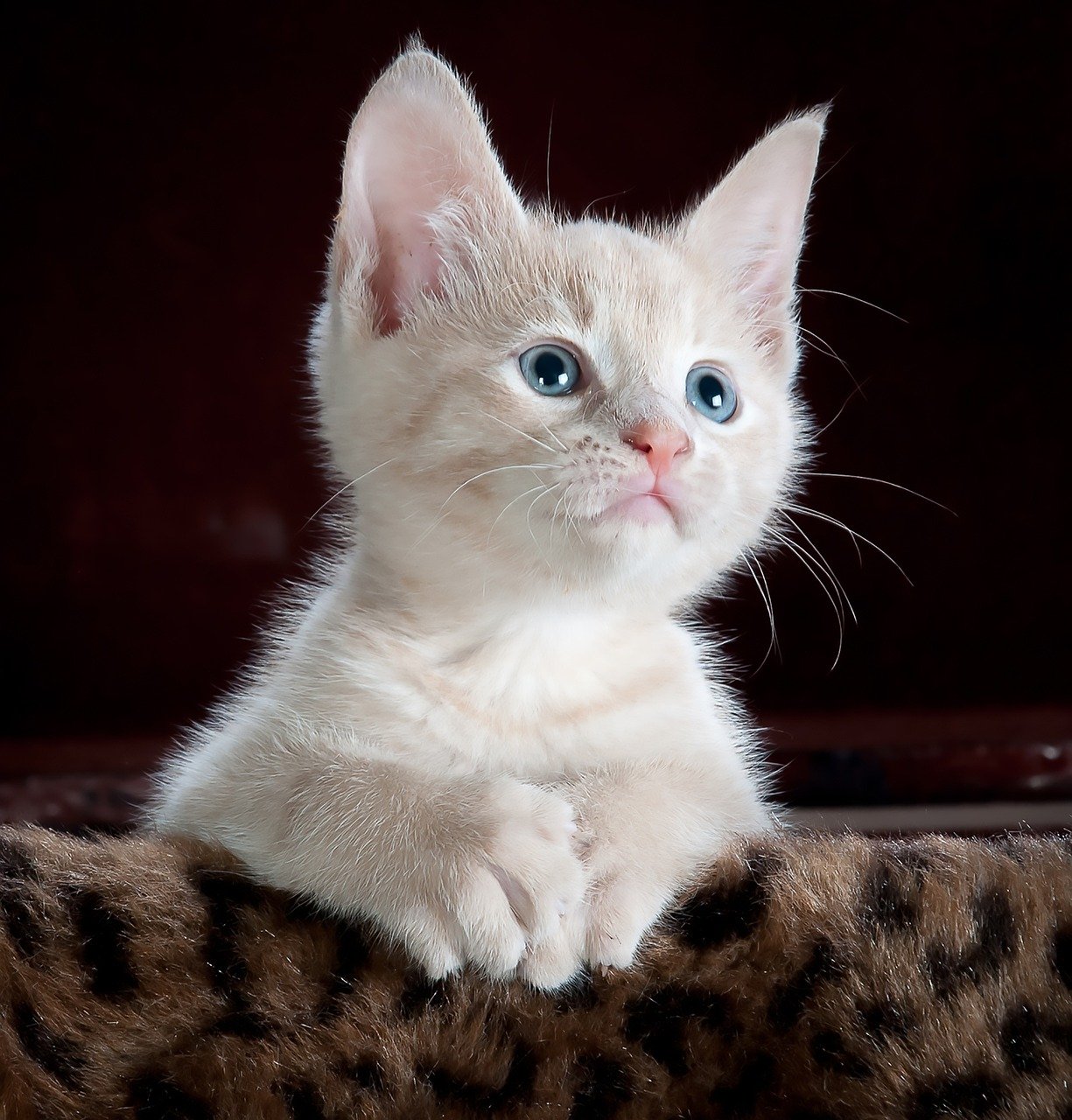
Sometimes, the best way to bond with your cat is through quiet companionship. Sitting together in silence, perhaps while reading or watching TV, can be a comforting experience for your cat. These quiet moments allow your cat to feel your presence without any pressure to interact. It’s a gentle reminder that they are not alone and that they are cherished, reinforcing their emotional connection with you.
12. Introducing New Experiences Gradually
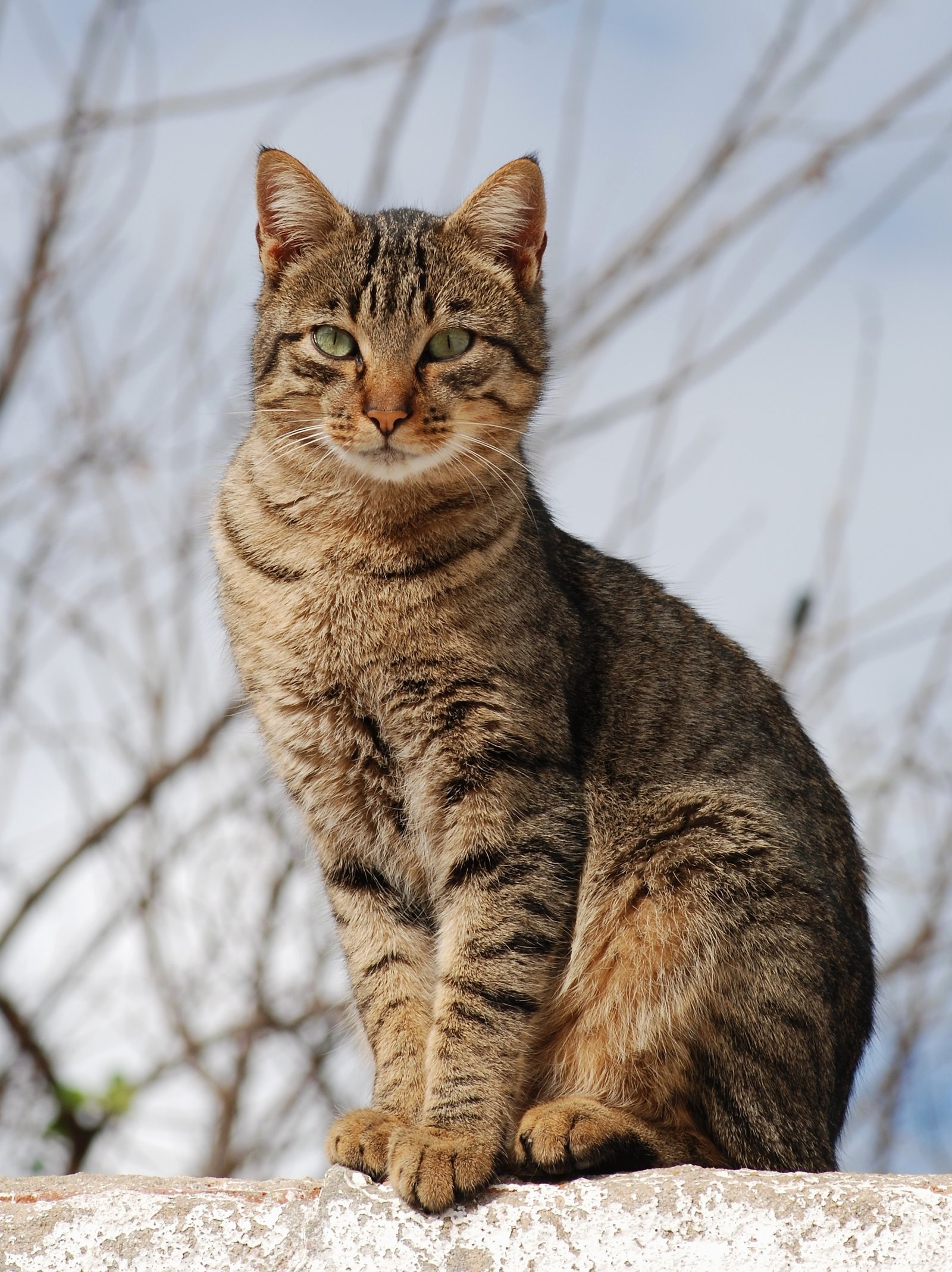
Cats can be sensitive to changes in their environment. Introducing new experiences, whether it’s a new pet or a change in routine, should be done gradually. Allow your cat to acclimate at their own pace. This thoughtful approach shows your cat that you are considerate of their feelings, which can enhance their trust and emotional connection with you.
13. Respecting Their Alone Time
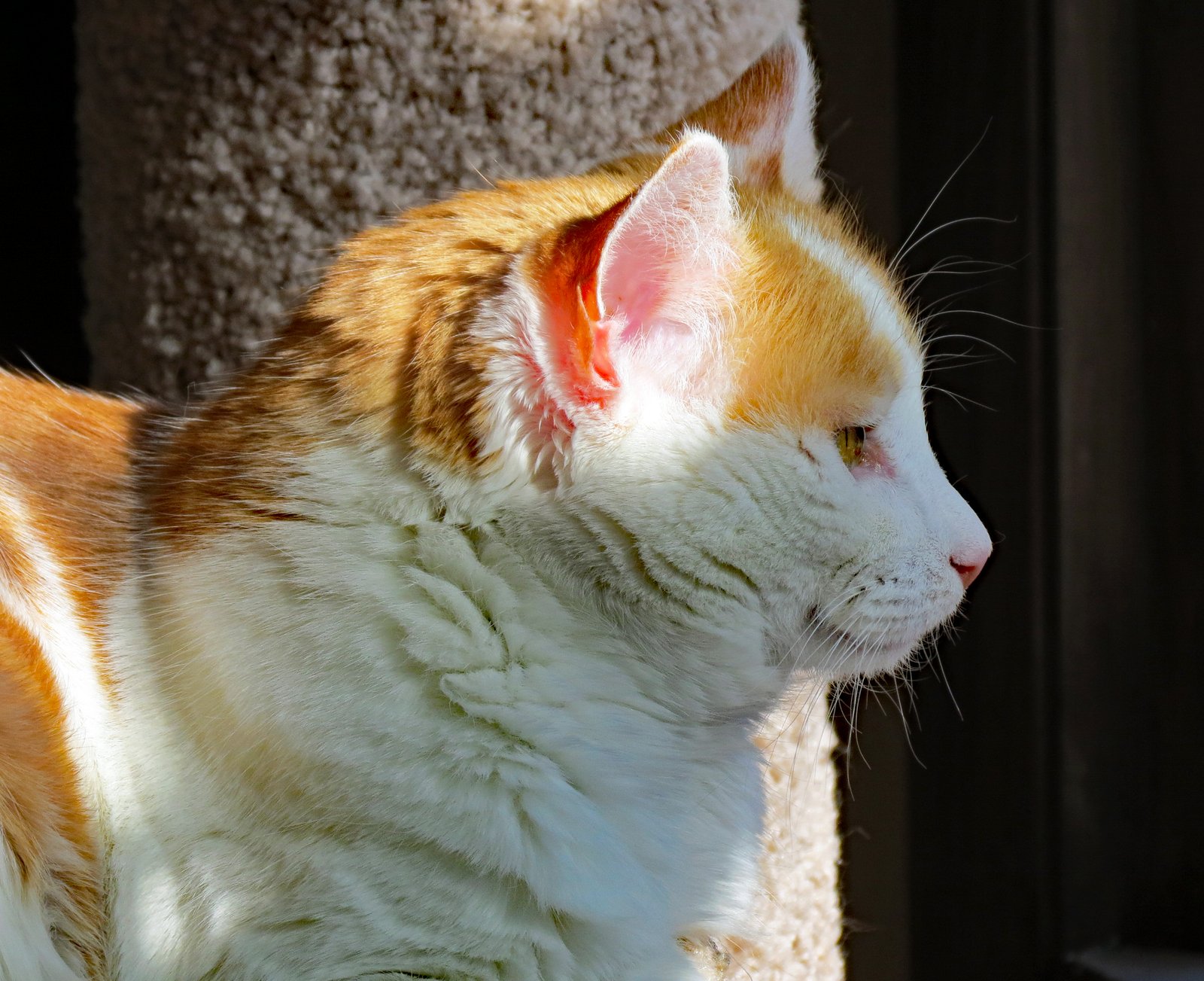
Just like humans, cats need their alone time. Respecting your cat’s need for solitude is crucial for their emotional well-being. If your cat retreats to a quiet place, allow them that space without interruption. This respect for their boundaries demonstrates your understanding and care, which can strengthen the trust and emotional bond between you.
14. Consistent Grooming Sessions
Grooming is not just about keeping your cat clean; it’s also a bonding activity. Regular grooming sessions help maintain your cat’s coat and skin health while also providing an opportunity for physical contact and bonding. Many cats enjoy being brushed, and it can be a relaxing experience for both of you. These sessions are a time for gentle communication and connection, reinforcing the emotional bond you share.
15. Encouraging Exploration
Cats are naturally curious creatures. Encouraging exploration, whether it’s within your home or a supervised outdoor environment, can provide mental stimulation and satisfaction. Allow your cat to explore new scents, textures, and sights. This exploration can be enriching and fulfilling, contributing to a happier and more emotionally balanced cat. A content cat is more likely to engage positively with you, deepening your relationship.
16. Offering a Variety of Experiences
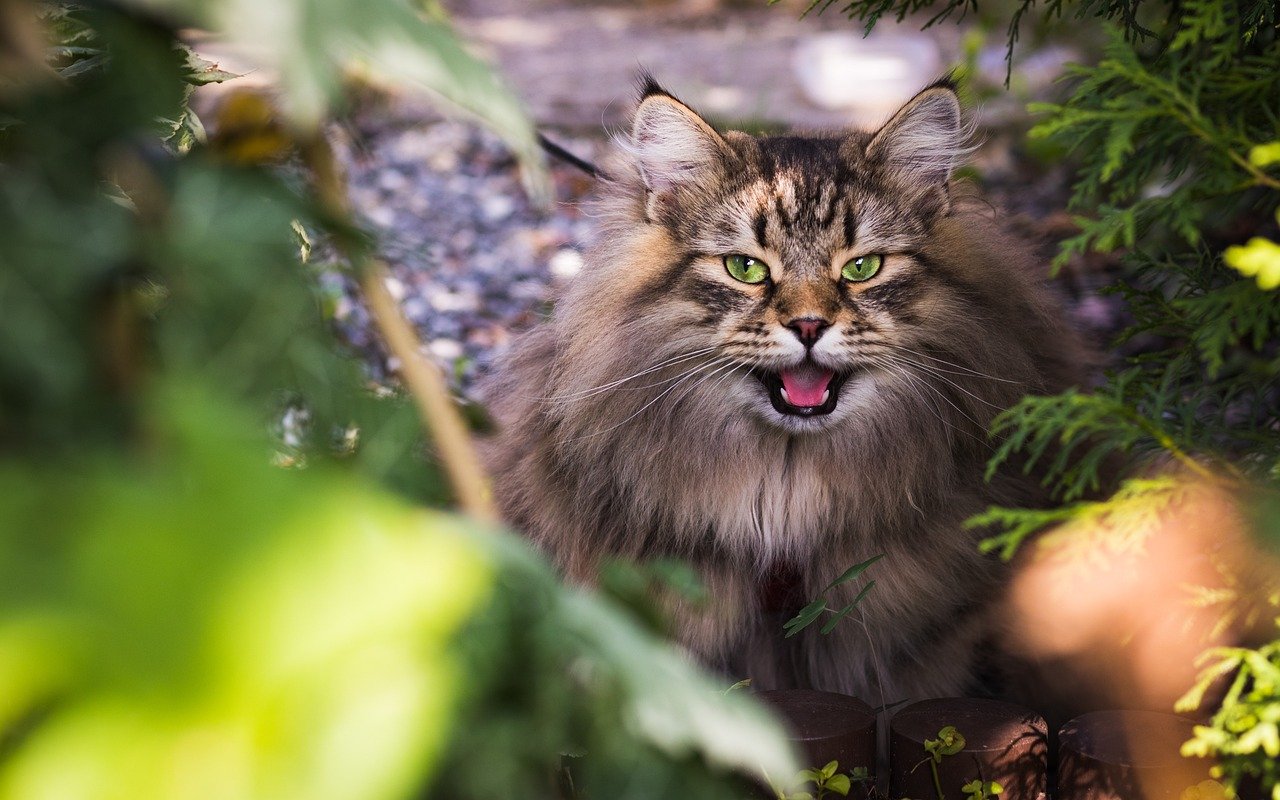
Variety in experiences can keep your cat’s life interesting and engaging. Introduce new toys, different types of food, and varied play activities to keep your cat stimulated. These novel experiences can prevent boredom and enhance your cat’s quality of life. A cat that enjoys a rich and varied life is often more emotionally fulfilled and connected to their human companion.
17. Listening with Patience
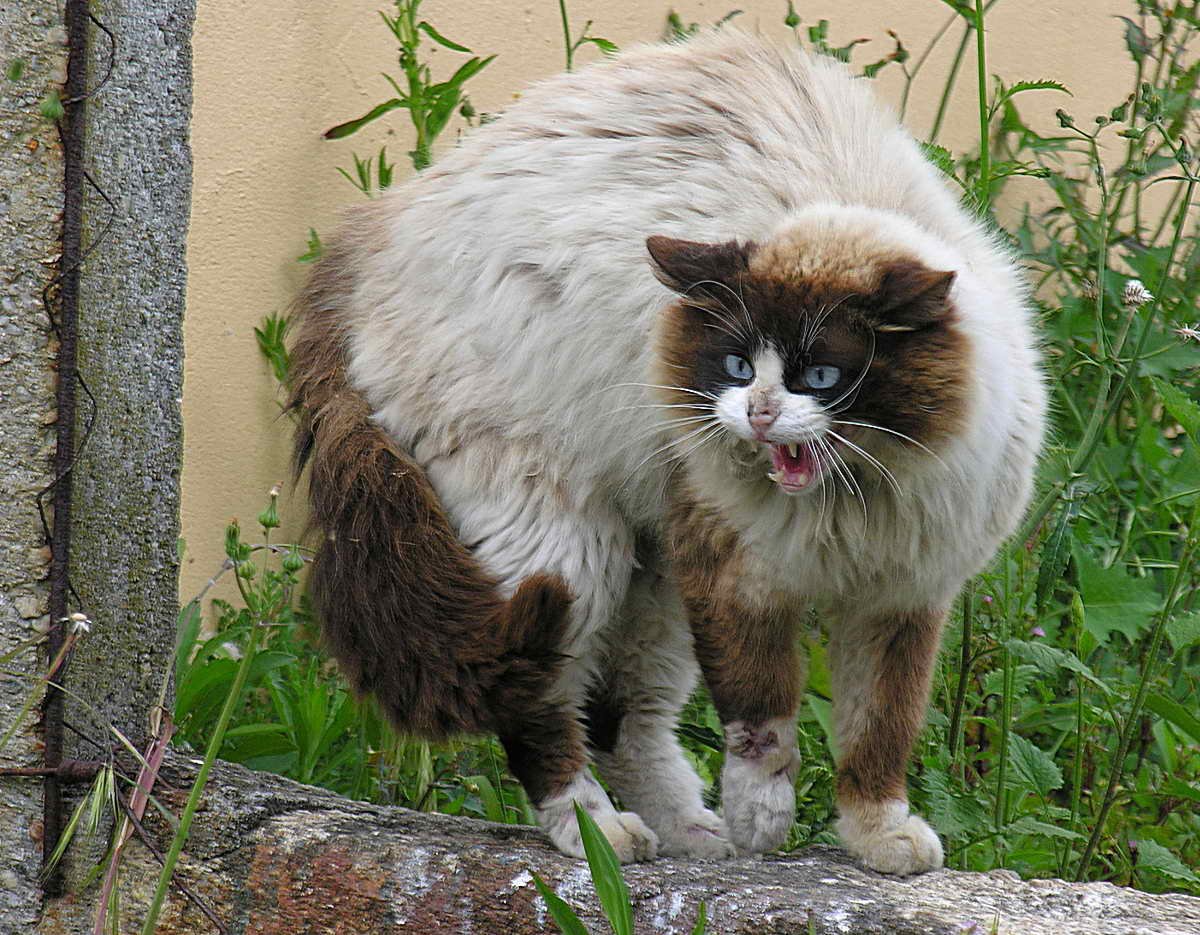
Cats communicate in their own unique ways, and listening to them requires patience and attention. Whether it’s a specific meow or a change in behavior, being attentive to your cat’s signals shows them that you care. This patience fosters a sense of security and trust, which are foundational for a strong emotional connection. Your cat will feel more valued and understood, enhancing the bond you share.
18. Celebrating Their Quirks
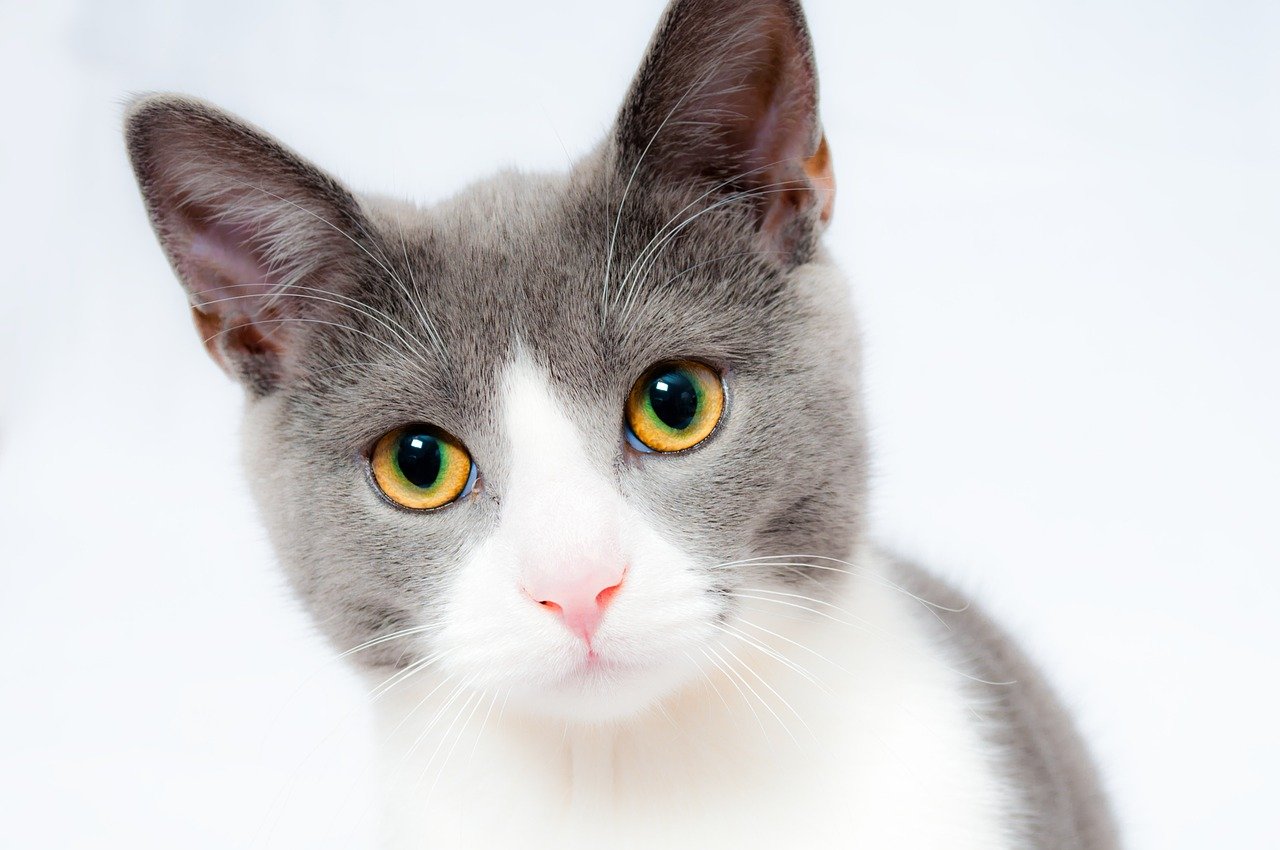
Every cat has its own quirks and idiosyncrasies. Celebrating these unique traits can make your cat feel special and loved. Whether it’s their peculiar way of playing or their favorite hiding spot, acknowledging and embracing their quirks shows your cat that you accept them for who they are. This acceptance strengthens the emotional bond, making your relationship more meaningful.
19. Building a Trusting Relationship
Trust is the cornerstone of any strong relationship, and it’s no different with your cat. Building trust takes time and consistency. By being a reliable presence in your cat’s life, you lay the foundation for a trusting relationship. When your cat trusts you, they are more likely to share their affection and form a deeper emotional connection with you.
20. Being Present in the Moment
In our busy lives, it’s easy to get distracted, but being present in the moment with your cat can be incredibly rewarding. Put aside distractions and spend quality time with your cat, whether it’s through play, grooming, or simply sitting together. This focused attention shows your cat that they are a priority in your life, which can enhance the emotional bond between you.
In conclusion, fostering an emotional connection with your cat involves understanding their unique language and needs. By adopting these little-known habits, you can nurture a deeper bond, enhancing the companionship you share with your feline friend.
Hi, I’m Bola, a passionate writer and creative strategist with a knack for crafting compelling content that educates, inspires, and connects. Over the years, I’ve honed my skills across various writing fields, including content creation, copywriting, online course development, and video scriptwriting.
When I’m not at my desk, you’ll find me exploring new ideas, reading books, or brainstorming creative ways to solve challenges. I believe that words have the power to transform, and I’m here to help you leverage that power for success.
Thanks for stopping by, Keep coming to this website to checkout new articles form me. You’d always love it!






